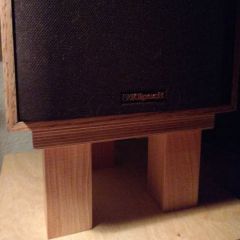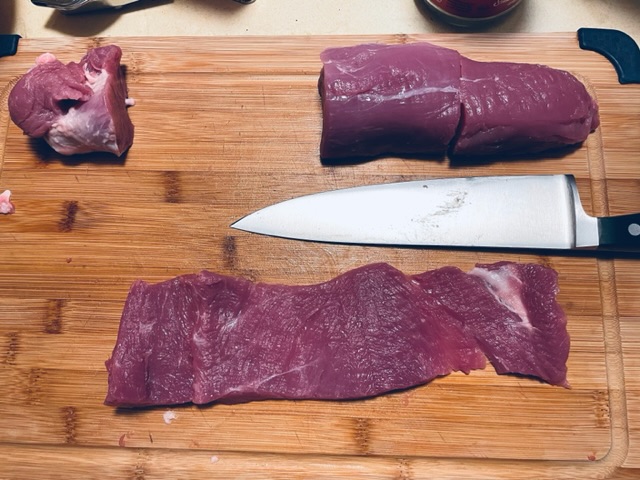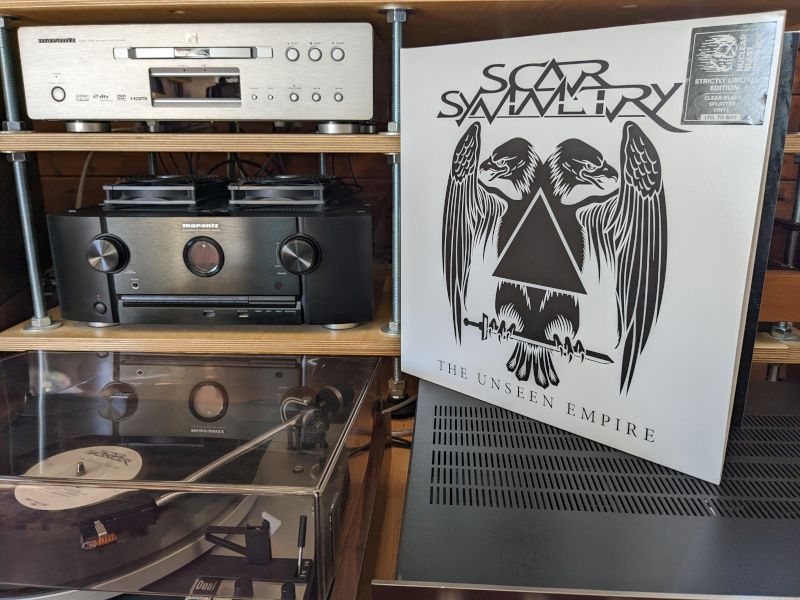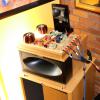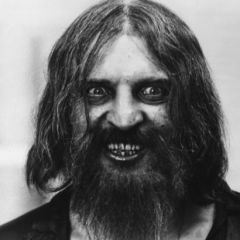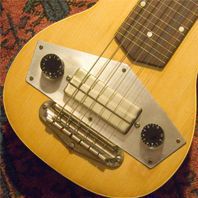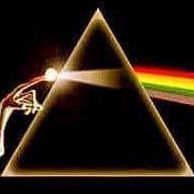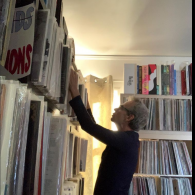Leaderboard
Popular Content
Showing content with the highest reputation on 05/29/23 in all areas
-
6 points
-
5 points
-
We have a sunny wheather period here since a approx. 5 days. It´s about 40F in the morning and 71 arround the afternoon. The air smells of green vegetation, everything is blooming so wonderfully . May is always the most beautiful month of the year5 points
-
4 points
-
The best out of everything , the pet , the gear , the food ! That´s what a man need !!!4 points
-
....when I read the post, minus pics, on the side bar ..... I was wondering how you cooked the pork on the soldering iron.... or if this was some new grill4 points
-
3 points
-
We had similar weather this past week until Saturday. Non-stop rain all weekend and temps in the 50’s. it looks like some more rain today and then clearing up with higher temps the rest of the week.3 points
-
3 points
-
3 points
-
3 points
-
2 points
-
2 points
-
Our weather pretty near average. 50`F AM... 90`F high temp. Later this week, it is sposed to get "cold"... 80` high. Average is pushing 100`F in Tucson. No rain in the forecast. I don't expect to see a hint of that for a few weeks and not any wet until July. It tends to rain on the 4th of July. We don't complain. The man-made fireworks are pretty pale compared to a lightning charged thunderhead. random association When lightning strikes close and you see the blue flash and know there is gonna be a big bang, do you still jump? I do2 points
-
My experience as well comparing SET300B to SET EL34 family of tubes. Bigger sound, better bass and holographic imaging with bigger tube especially at low volume. The thing is a SET has the best mids one can ever hear that puts the singer in the room with you as well as the instruments. As PWK was often quoted as saying, "music lives in the mids" and there is no better mids than horns and a good SET. A decent sub fills in the bass where a SET compromises somewhat in the sound. Not to say a good SET does not make decent bass it is that many have over emphasized bass reproduction in music desiring more bass than actually necessary. I most often never turn on my sub with an SET and LaScala's myself but many are bass crazy and that is what subs are made for. A SET is definitely for someone looking for the best in sound and the mids are the first place to start.2 points
-
2 points
-
I've heard cuts from that one George.It's good. It may be my next Bowie. Thanks!2 points
-
2 points
-
2 points
-
2 points
-
2 points
-
@Jeff Matthews You aren't gonna believe this but that album popped into my head last nite laying in bed. I was thinkin about a playlist for today. lol Quit it! 😂 lolololol Such a great old song and I haven't heard it in a couple years. Just funny.2 points
-
Yep getting old has some major drawbacks like all the people you admire that enrich your times leave ya.2 points
-
I don’t want to offend anyone by asking a stupid question but I see so much these days about speaker wire and cables. And prices for cables seem quite high compared to say patch cords and speaker cables we use in bands and home audio back in the day. But reviews I’ve read promote the benefits of these products enhancing sound reproduction. I’m 63, from an industrial and working band background. My hearing is battered. Is it reasonable to assume that re-cabling the system I’m now building will make an audible difference? Or do y’all think given my age and background it would be a waste of money?1 point
-
1 point
-
1 point
-
$40 for all the records and shipping USPS Media Mail Paypal, Venmo, check John Mayall - Moving On VG+/VG+ Strawbs - Hero and Heroine - Vg+/VG Eurythmics - By Yourself tonight - EX/EX Dr. John - In the Right Place (yellow Atco) - VG+/VG+ Shooting Star - Hang on For Your Life - Ex/VG (scuff across 1" bottom of cover) The Worst of Jefferson Airplane - VG+/NM Van Morrison - A period of Transition - VG+/VG+ promo sticker on cover Mungo Jerry - VG+/VG+ corner clipped Steve Miller band - The Joker = VG+/VG (light ring wear) John Renbourn - The Lady and the Unicorn - NM/VG+ John Renbourn - Sir John Alot of - RP - EX/EX Peter, Paul and Mary - A Song Will Rise - MONO - VG+/VG ("GL" written on back") Peter, Paul and Mary - In the Wind - MONO - EX/EX in open shrink Peter, Paul and Mary - self titled - VG+/VG+ Sonny Terry - Sonny Terry - NM/NM in open shrink Neil Young - After the Gold Rush - RP - VG+/EX Hootenanny '64 (comp. w/Dylan) - VG+/EX1 point
-
Penske are a classy organisation ,but it means so much more for the Penske drivers to win for Roger Penske at home1 point
-
When that happens someone will ask you who's the guitarist in pink floyd You will respond Frank Zappa1 point
-
1 point
-
I saw this and thought it was worth sharing. The receiver is not worth anything, but great for a garage set up. https://www.facebook.com/marketplace/item/211713561635356/?ref=category_feed&referral_code=null&referral_story_type=listing&tracking={"qid"%3A"-4085818328017788374"%2C"mf_story_key"%3A"6368595356565079"%2C"commerce_rank_obj"%3A"{\"target_id\"%3A6368595356565079%2C\"target_type\"%3A0%2C\"primary_position\"%3A108%2C\"ranking_signature\"%3A850817344706969600%2C\"commerce_channel\"%3A504%2C\"value\"%3A0.00038020072329408%2C\"candidate_retrieval_source_map\"%3A{\"6368595356565079\"%3A3001}}"%2C"ftmd_400706"%3A"111112l"}1 point
-
I know this has been a long time, but since I'm buying the bluetooth version, I had to find out and I came across this review, and I think it answers the question. https://www.audioreputation.com/klipsch-promedia-2-1/1 point
-
I heard the WE 300B on a new WE prototype stero 300B amp. It sounded nice, although it was in an untreated room and not on horns. The bad thing is you won't know until youtry something in you system on your speakers.1 point
-
I'd say you're right. At top speed the car was revving over 8000 rpm and appeared to be just past redline, where the rev limiter would come into play. It's possible that the car could have pulled slightly taller gearing, but maybe taller gears would have compromised the performance on most of the track, so that sacrificing a bit of top speed on the longest straight resulted in a better lap time, because of the better acceleration out of turns produced by the lower gearing. Or maybe taller gears were not available, so they had to work with what they had. Who knows? I imagine the driver saying, "I'll be back in five, and that's no jive!" It's funny how it seems like a different track at those speeds. Obviously a five-minute track, right? What's missing from the video is the sensation of the cornering forces. We just sit here casually, without the feeling of over 1g jamming us to one side, then to the other side, and hanging from the 5-way harness when he hits the brakes, then pinned to the seat exiting every corner. At least with a motorbike, it leans over when it corners. Sure, the newest gyro cams remain level at all times, unlike the old ones that leaned with the bike, but the telemetry lets you see the angle of lean, so you know how far to the side you should lean on the sofa while you watch the video.1 point
-
1 point
-
1 point
-
1 point
-
Agreed. Horns don’t make good near field monitors. You need space between you and the speakers.1 point
-
Did you not see the Garage Sale section directly above this one?1 point
-
1 point
-
Post them here..... https://community.klipsch.com/index.php?/forum/63-garage-sale/1 point
-
1 point
-
I went to the Dark Side and modified perfectly good 1987 La Scala's, well they were butt ugly bar speakers with massive scars, different tweeters and a one torn woofer. But even under those conditions they still sounded great. The sound was very Live -but not refined Why change from original- I think the changes Klipsch has made over 40 years make sense and has refined the sound of the original PA Speakers. I added 1/2 inch MDF to all sides for more mass just like the new La Scalas' I went with all new drivers from Crites including their A4500 cross over - personal choice, many other options are available - if you choose a path make sure they work together. What I would do differently. One I would mount the tweeter on separate board and put it on top of the squaker area and at the back so drivers are in timing sync. I would also mount the squaker on front of the motor board not behind it as old La Scalal's did. I am also part of the crowd that uses a sub woofer with La Scala's. Place sub so its driver is in line with the back of the La Scala, why because the woofer fires backwards and the sound come from the back wall of the folded horn design. Once again driver syncing. System synergy is really important - results are definitely a sum of the parts. I enjoy my Dark Side La Scala's, sound stage is amazing, sound is amazing puts a smile on my face and gets a Wow from those a hear it for the first time. BTW I went with a low watt Decware Torrii Jr V2 as an amp with a MiniDSP SHD for everything else As long as you are enjoy the music who really cares1 point
-
1 point
-
The only "mods" I did to my highly enjoyable '77's was to disable the tweeter protection diodes which helps eliminate distortion and provided a pretty dramatic positive change, and, removed the magnetic screw that's part of the 245 uH air core inductor in the left back of the crossover that is part of the tweeter circuit. Per Bob Crites "for some reason, at the factory, they sometimes used a regular steel screw in these inductors. Should be a non-magnetic screw or the inductance will not be the specified 245 uH but instead will be around 350 uH. You can check the screw with a magnet. If it is attracted to a magnet, it is wrong and should be replaced." Thanks to @KT88 for alerting me to both of these useful tips. Other then that, had no need to do anything else. I've owned/listened to a lot of speakers over the last 50+ years and the LS's are right up there with the best of them. Driving mine with a McIntosh MC240 and I can listen all day long.1 point
-
https://en.wikipedia.org/wiki/Horn_loudspeaker#Multiple_entry_horn I think it's instructive to understand what a multiple entry horn (MEH) is and why it works so well. I'll take some excerpts (with revisions) from a white paper on the subject: _________________________________________________________________________________________ Horns are beneficial in radiation of acoustic energy across the audible band of frequencies. To make horns useful for loudspeaker design, it's important to: 1) provide good loading for the loudspeaker drivers [for higher efficiency], and 2) provide uniform directivity control across as wide a frequency span (bandwidth) as possible Reproducing the frequency spectrum typically requires multiple drivers of varying sizes. Using traditional design methods, this puts the loudspeaker drivers and/or horn mouths at different physical locations. Using that approach, It's difficult to maintain a uniform radiation pattern throughout the crossover region from one device to the next. For directivity control at low frequencies, size is required. For instance, to achieve full 50° pattern control from a horn at 170 Hz, a mouth size of approximately 40 inches is required... So there is a size advantage to be able to use one large horn instead of multiple horns. Using one large horn while maintaining reasonable enclosure size is the goal. Coaxial horn arrangements have been used in the past, i.e., nesting smaller high frequency horns inside a larger mid frequency horn (or driver cone). Another design is to have the drivers for each frequency region all drive the same horn. Both of these methods have the advantage of using the entire front area of the loudspeaker enclosure as the horn mouth. Multiple entry horns [MEHs] couple the radiation from multiple drivers into a single horn to approximate the performance of a single horn/driver system with high efficiency and excellent directivity control. A straight-sided horn can yield very consistent directivity control over a wide frequency range. The problem with using a straight-sided horn is that it does not provide good low frequency loading to its driver (if the low frequency driver is located at the throat of the horn). The loading a horn presents to a driver can also be viewed as the expansion rate of the horn. A 125 Hz exponential horn has an expansion rate that doubles its cross sectional area every 6 inches of horn length while a 500 Hz exponential expansion doubles its area every 1.5 inches... A straight-sided horn expansion has an expansion rate that is very rapid close to its apex (throat)--it doubles its area in a very short distance, but as the distance from the throat is increased toward the mouth, its expansion rate decreases. For every point along the axis of the straight-sided horn, there is a different expansion rate and in turn a different low frequency cut-off. Straight-sided Horn Low Frequency Cut-Off By using this effect, a straight-sided horn can be driven at the appropriate place along its length to yield good low frequency loading on the woofers. This is one of the principles governing the driver placement within the MEH: lower frequency drivers are placed closer to mouth where the horn provides better loading within the frequency region (pass band) where these drivers are used. There are several other similar principles that dictate the driver placement for each pass band within the MEH. When these constraints are observed, the result is that multiple drivers operating in multiple frequency ranges are very effectively coupled into a single horn. ________________________________________________________________________ MEHs are new compared to traditional multiple-horn horn loudspeakers, and they have real advantages over them and few if any disadvantages. From another thread on this subject, here are some advantages over traditional horn loudspeaker designs: They increase measured and subjective clarity over other conventional fully horn-loaded loudspeakers due to their point source capability & undisturbed constant directivity (i.e., no lobing). Properly set up, and without requiring FIR filtering, they have almost linear phase behavior as compared to other full-range horn loaded and direct radiating multiway designs. They can have useful directivity from 110 Hz-17+ kHz (depending on HF driver)--the same as the Khorn and Jubilee, and more effectively take advantage of room corners to further directivity and boundary gain below 110 Hz due to their large mouth size, the absence of bends in the horn path, and small form factor. They don't require a corner to have -3 dB roll off response down to 32 Hz (albeit without the advantage of its own directivity gain below ~70-90 Hz). A full-range MEH loudspeaker can have a 1/3 size form factor as compared to a Jubilee. They can have high efficiency of horn-loading. They typically have significantly lower costs of production over a typical corner horn loudspeaker. That's a significant set of advantages over a corner horn or other fully horn-loaded loudspeaker, and is something that even the "full range" driver aficionados (e.g., Fostex, etc.) are looking for, but can't really achieve. The downside of MEHs? No downsides are implicit in their design, but there are some design considerations that must be realized: Their bass performance, like the corner horn, must either make use of the room's boundaries (i.e., quarter space along a wall/floor interface or eighth space corner loading) must be used to supplement their bass extension, or their bass response must follow the same efficiencies as slot-loaded bass bins, i.e., like bass reflex, etc., and this can mean higher modulation distortion and lower bass efficiencies below the horn loading frequencies. Their crossover designs can be quite challenging. By this, I mean that if you are thinking about using a passive crossover in a three-way MEH design, be prepared to spend significantly more time tweaking the crossover filters than in a standard direct radiating or multiple-horn loudspeaker. Fortunately, the advent of very high quality and economical DSP crossovers and bi-/tri-amping makes this trivial. Their mouth form factors are generally square to golden rectangle (1.618:1) ratios. This means that they are not "slim and tall", but rather rectangular or square, and they have about 15-25 inches of depth. If you want full-range operation of the MEH itself, the horizontal and vertical dimensions of the horn mouth will be ~35x21 inches. If you're willing to give up directivity of the bass below ~500 Hz and use a direct radiating bass bin under or over the MEH itself to complete it's frequency response capability, the mouth size of the MEH can be as small as 13.5 x 7 inches but the real advantage of MEHs is lost when you do this, IMO. Chris1 point



